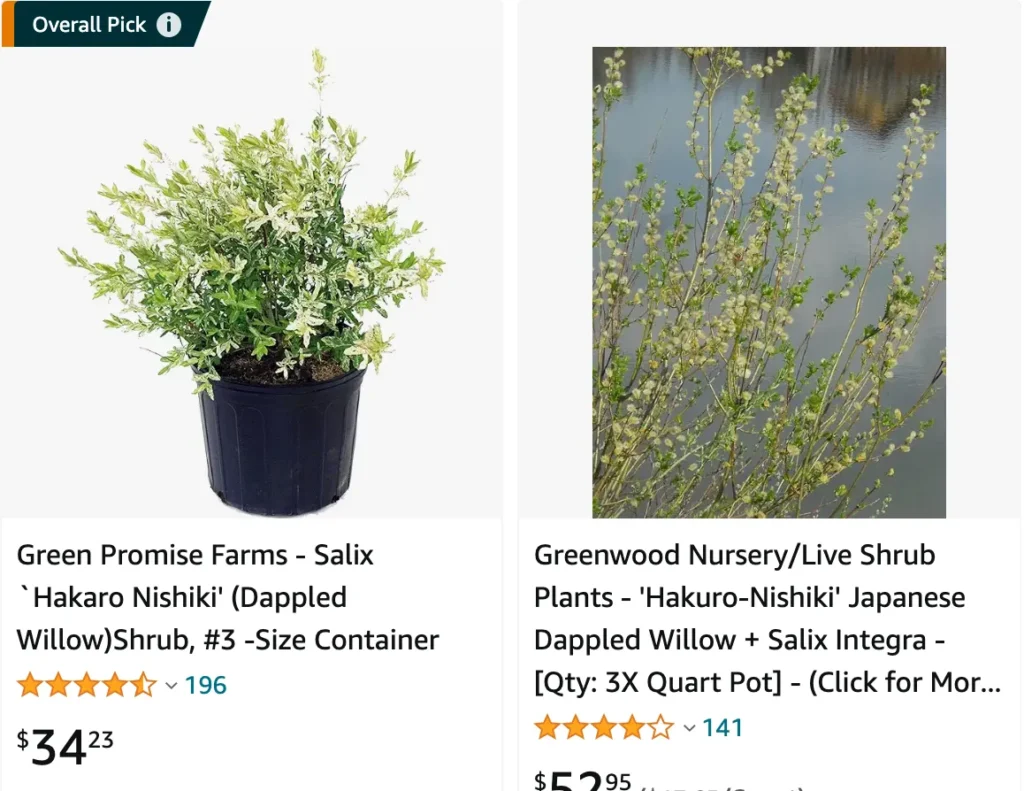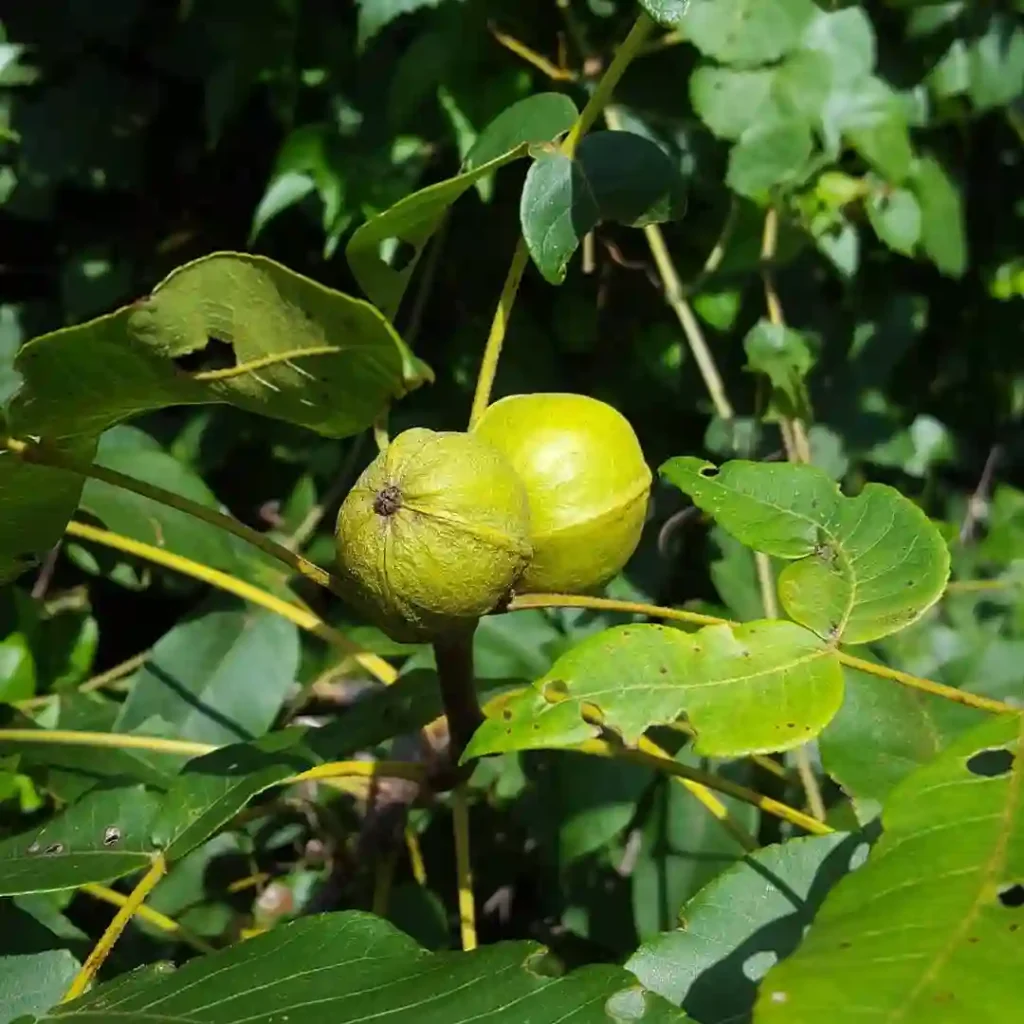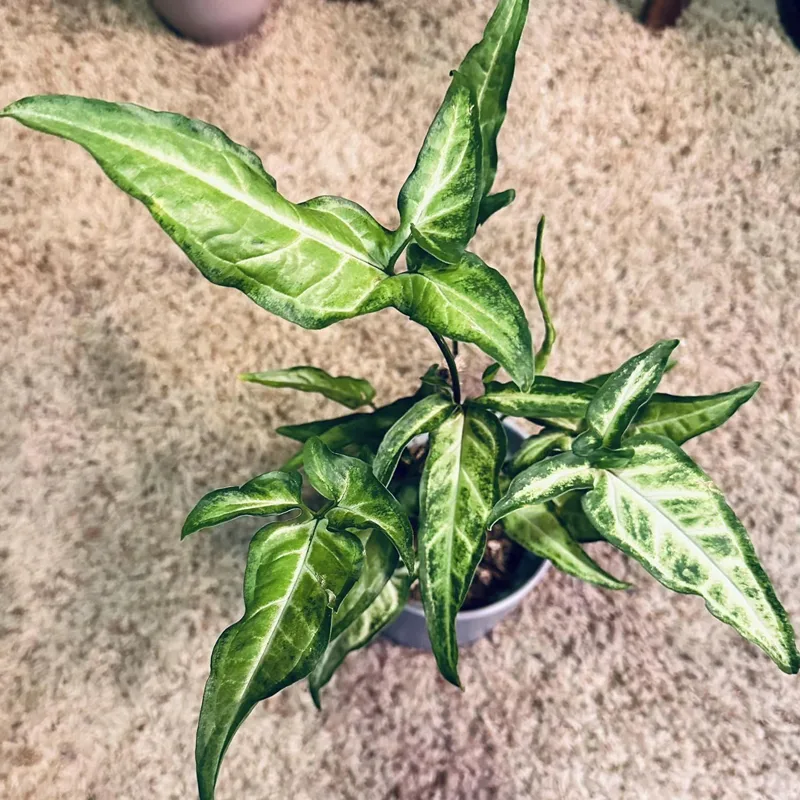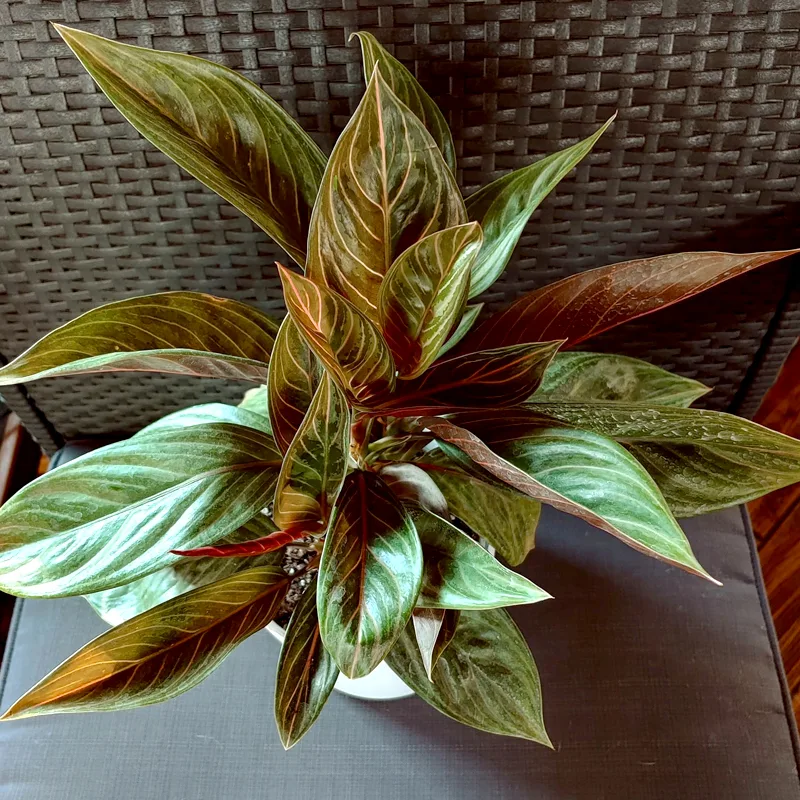
How to prune Salix integra?
Pruning Salix integra, commonly known as Japanese dappled willow, helps maintain its shape and size while promoting healthy growth. Begin pruning in late winter or early spring before new growth emerges. Remove dead, damaged, or crossing branches, and trim back any overgrown or unruly growth to maintain a tidy appearance.
684 Species in Genus Salix
How to care for Salix integra Hakuro Nishiki?
Here’s a guide on how to care for your Salix integra Hakuro Nishik:
Light:
- Salix integra Hakuro Nishiki thrives in full sun or partial shade.
- Full sun: Ideal for most situations, promoting vibrant pink foliage growth.
- Partial shade: Can be beneficial in very hot climates to prevent scorching of the delicate pink leaves.
Watering:
- Water regularly, keeping the soil moist but not soggy. Flamingo Willows are more tolerant of moist conditions than some other shrubs, especially during hot weather.
- Here’s a simple way to check moisture: Stick your finger into the top inch of soil. If it feels dry to the touch, it’s time to water.
- During dry periods, especially for newly planted trees, you might need to water more frequently.
Soil and Drainage:
- Well-drained soil is important. Salix integra Hakuro Nishiki tolerates a wider range of soil types than some plants, but it doesn’t like sitting in waterlogged soil.
- If your soil is heavy clay, amending it with compost or other organic matter can improve drainage.
Fertilizing:
- Fertilize sparingly. A balanced fertilizer formulated for trees or shrubs applied in early spring can be beneficial, but avoid overfertilizing.
- Too much fertilizer can lead to excessive green foliage growth and reduce the vibrant pink color.
Pruning:
- Light pruning can be done in summer and winter to maintain size and shape. However, this is not strictly necessary for the health of the plant.
- Use sharp, sterilized pruning shears when pruning.
- Pruning encourages bushier growth and can help maintain a desired shape.
Additional Tips:
- Salix integra Hakuro Nishiki is generally pest and disease resistant. However, watch out for common garden problems like aphids or scales. Insecticidal soap or neem oil solution can be used for control if needed.
- Flamingo Willows are fast-growing trees. They can reach 1.5 to 2.5 meters (5-8 feet) in height and spread within a few years. Keep this in mind when choosing a planting location.
- They are considered hardy trees in many regions but can be damaged by severe winters. If you live in a cold climate, you can protect the base of the tree with mulch during winter.
How to plant Salix integra Hakuro Nishiki?
When planting Salix integra Hakuro Nishiki, choose a location with well-drained soil and adequate sunlight. Dig a hole twice the width of the root ball and slightly shallower than the root ball’s height. Place the plant in the hole, backfill with soil, and water thoroughly. Space multiple plants about 4 to 6 feet apart to allow for their mature size.
Is Salix integra Hakuro Nishiki evergreen?
Salix integra Hakuro Nishiki is not evergreen; it is a deciduous shrub. It sheds its leaves in the fall, revealing colorful stems, and produces new foliage in the spring.
Is Salix integra toxic to dogs?
Salix integra, including the Hakuro Nishiki variety, is not typically considered toxic to dogs. However, ingesting large quantities of any plant material may cause gastrointestinal upset in pets. It’s best to discourage pets from nibbling on plants and monitor them for any adverse reactions.
When to prune Salix integra?
Prune Salix integra, including Hakuro Nishiki, in late winter or early spring while the plant is dormant. This timing encourages vigorous growth in the spring and helps maintain the desired shape of the plant.
Where to buy Salix integra Hakuro Nishiki?
Salix integra Hakuro Nishiki can be purchased from local nurseries, garden centers, or online plant retailers. Ensure you are buying from a reputable source to obtain healthy and well-established plants.
Does Salix integra resist deer?
While no plant is entirely deer-proof, Salix integra Hakuro Nishiki is generally considered deer-resistant due to its bitter-tasting foliage. However, hungry deer may still browse on the plant, especially during periods of food scarcity.
How to propagate Salix integra?
Salix integra can be propagated through hardwood cuttings taken in late winter or early spring. Select healthy stems, cut them into 6- to 8-inch sections, and remove the lower leaves. Plant the cuttings in moist, well-draining soil or a rooting medium, and keep them consistently moist until roots develop.
Why is my Salix integra Hakuro Nishiki turning yellow?
Yellowing foliage on Salix integra Hakuro Nishiki can indicate various issues, including overwatering, underwatering, nutrient deficiencies, or stress. Ensure the plant is receiving adequate sunlight, water, and nutrients, and address any potential issues promptly to help the plant recover.
If i die, water my plants!



